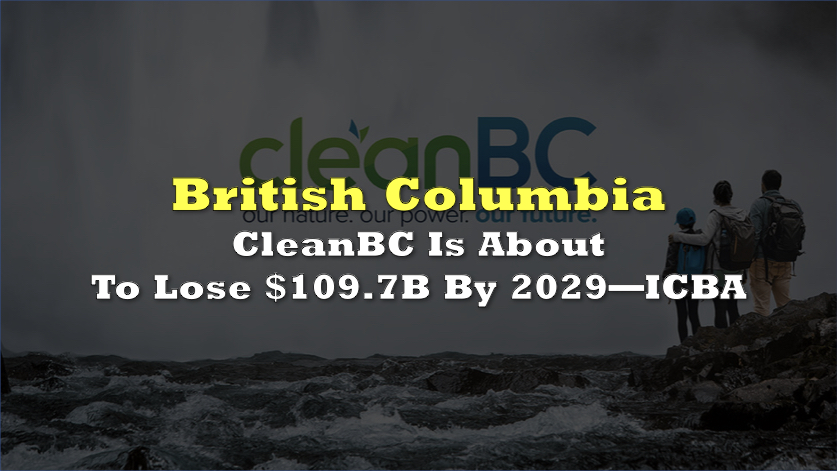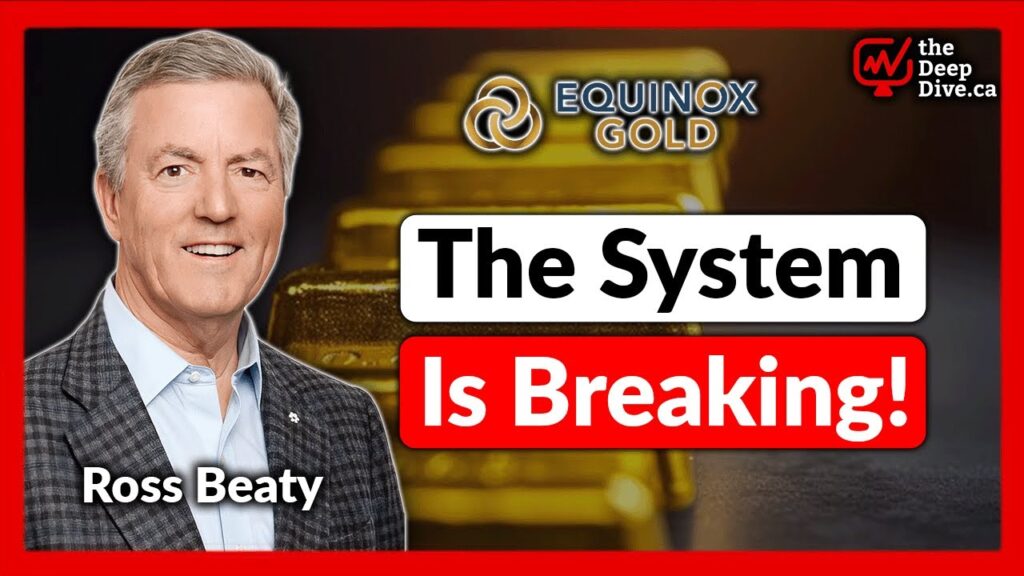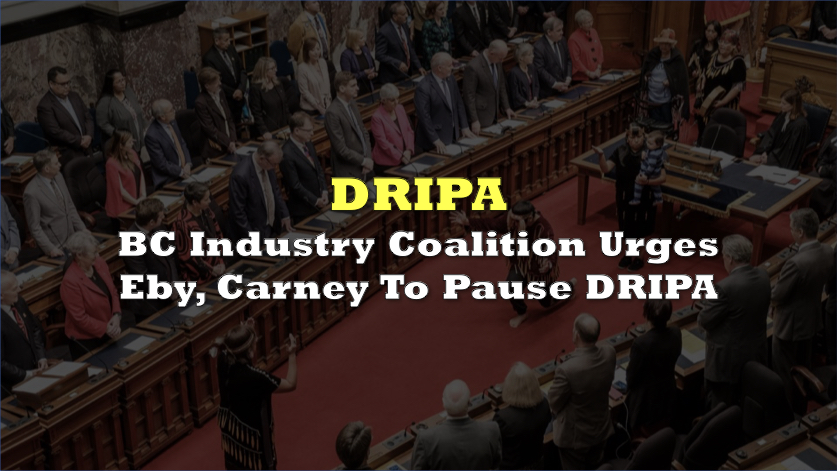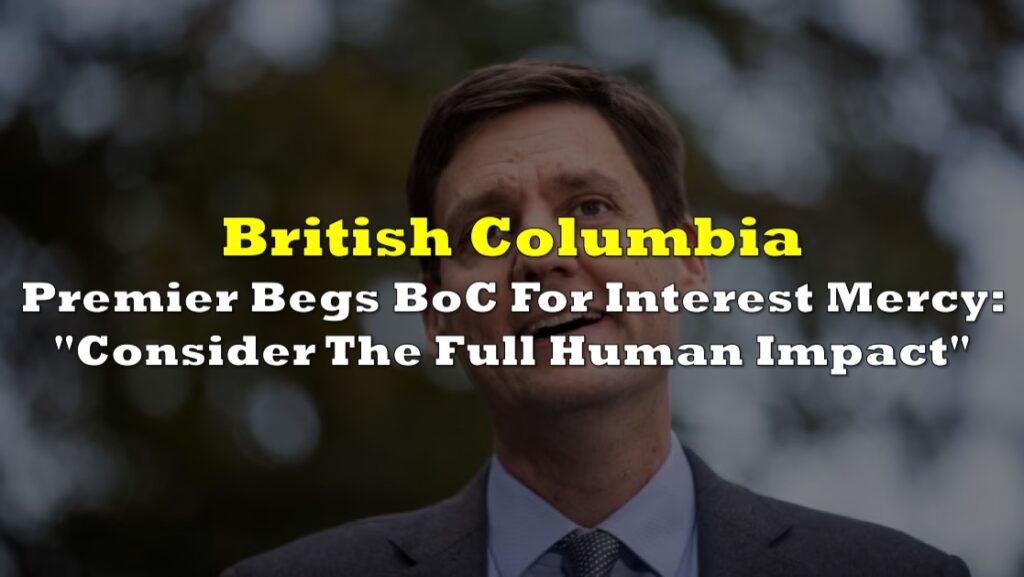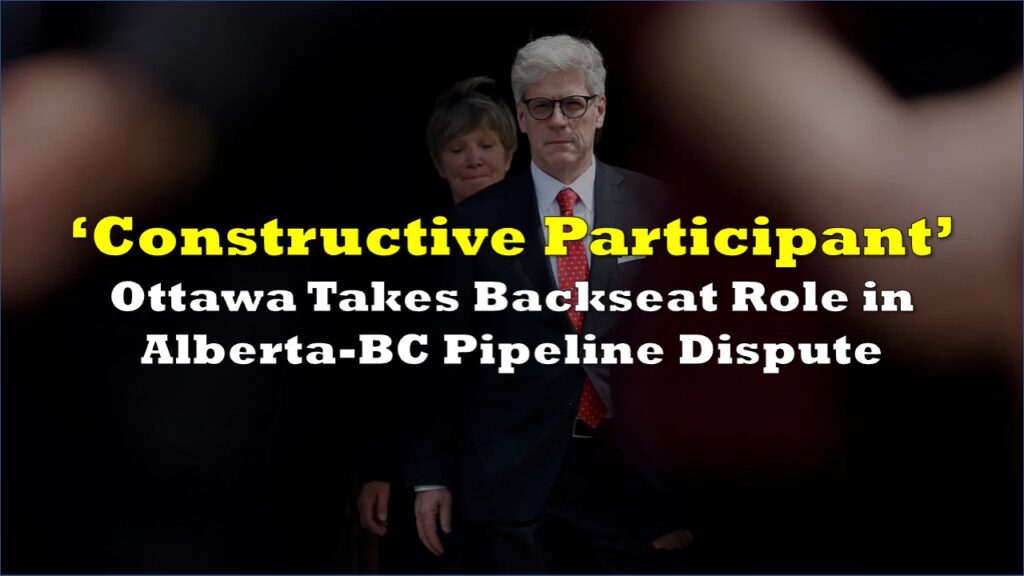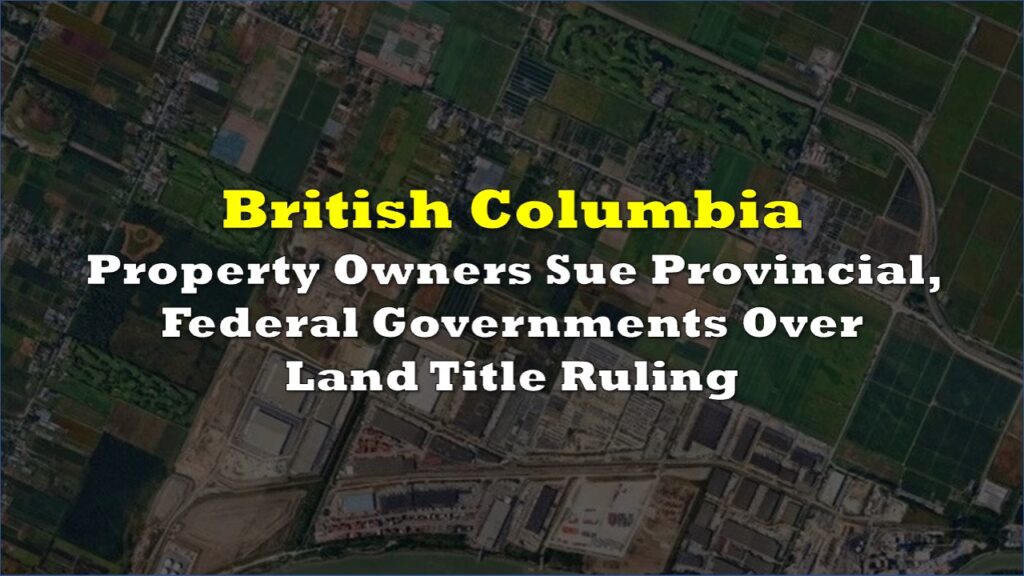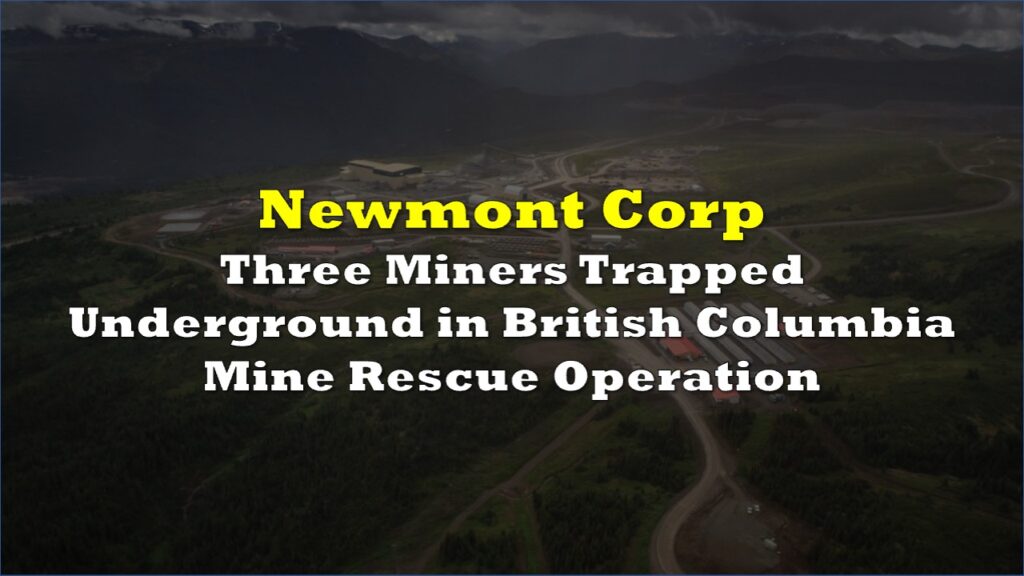British Columbia’s climate program just put a hard price on virtue: $109.7 billion in lost economic activity by 2029. That figure, drawn from an ICBA Economics report using the province’s internal analysis, is “more than 2.5 times the damage that President Donald Trump’s tariff war and Prime Minister Mark Carney’s retaliatory trade barriers could inflict.”
Premier David Eby is already carrying a swollen ledger. The 2025 deficit is “at least $11 billion — and more likely to pass $15 billion, once Eby updates the numbers this fall.”
A recent @icbabc report delivered a shocking assessment, based on the B.C. government’s own analysis: CleanBC will strip away $109.7 billion in economic activity from its economy by 2029 — more than 2.5 times the damage that U.S. Pres Trump’s tariff war https://t.co/VnE9MEjqA2
— Allie Meeres (@AllieMeeres) July 22, 2025
According to critics, CleanBC imposes rapid decarbonization targets without matching transition pathways for workers, businesses, or major industries. On the ground, input costs rise, permits drag, and projects are shelved. Housing and infrastructure delivery slows. Global emissions keep climbing while provincial output erodes, leaving BC poorer, not greener.
Victoria trumpeted the phase-out of the consumer carbon tax but the report calls it what it is: a stunt.
“The real economic pain comes from escalating industrial carbon taxes — the hidden costs, buried deep,” says ICBA Alberta President Mike Martens. Those are the levies that hit margins, payrolls, and capital budgets. Scrapping the retail charge barely moves GDP and ratcheting up industrial rates strangles it.
“It’s more effective at cleaning out taxpayer coffers than it is at cleaning the air,” Martens added.
The Alberta contingent of the group is watching and is aiming a question squarely at NDP Leader Naheed Nenshi: Would he “follow Eby’s lead: adding red tape, building massive bureaucracies and punishing the very industries that fund our hospitals, schools and roads?”
CleanBC was launched in 2018 and updated through the 2021 “Roadmap to 2030,” that targets a 40% cut in provincial greenhouse gas emissions from 2007 levels by 2030. It relies on escalating carbon pricing, zero-emission vehicle, and building-efficiency mandates, methane controls, and a mix of subsidies and regulations to drive decarbonization across transportation, buildings, industry, and natural gas production.
Information for this briefing was found via Calgary Herald and the sources mentioned. The author has no securities or affiliations related to this organization. Not a recommendation to buy or sell. Always do additional research and consult a professional before purchasing a security. The author holds no licenses.

